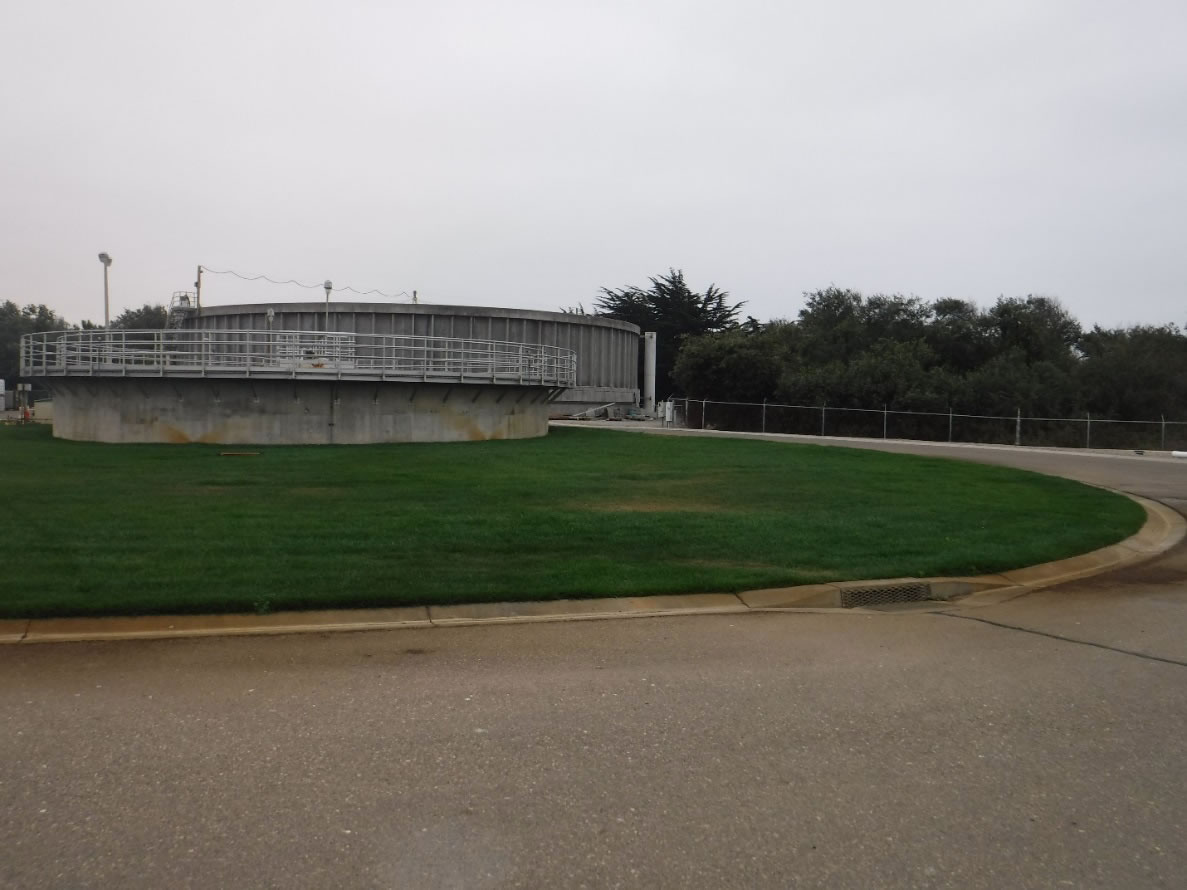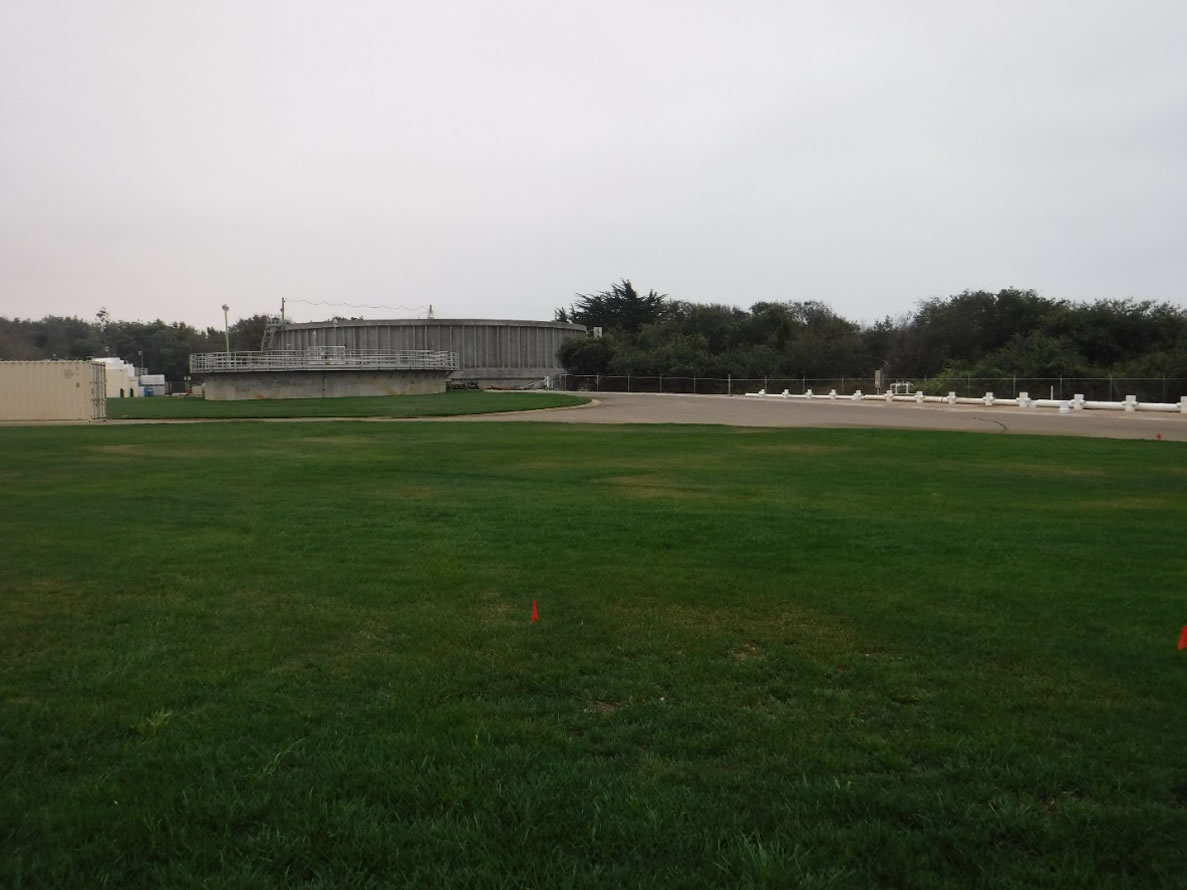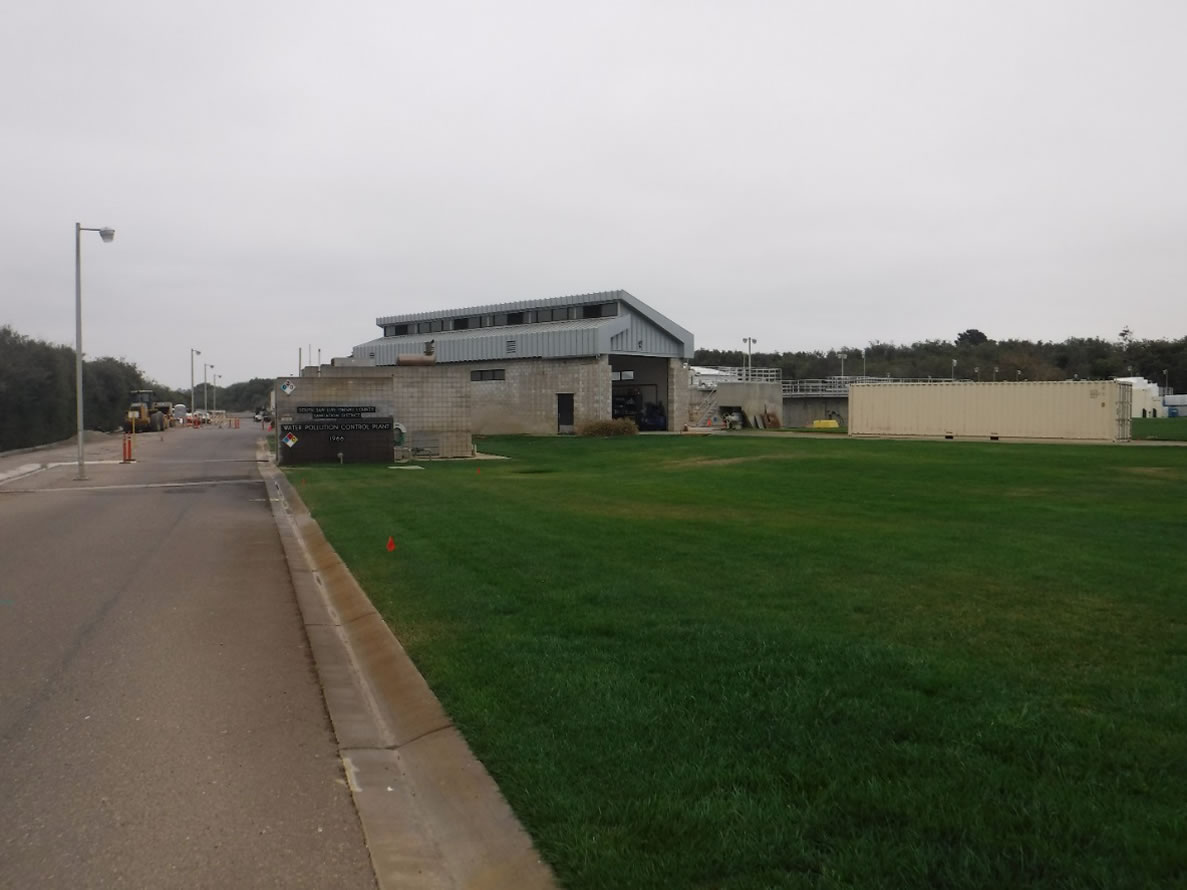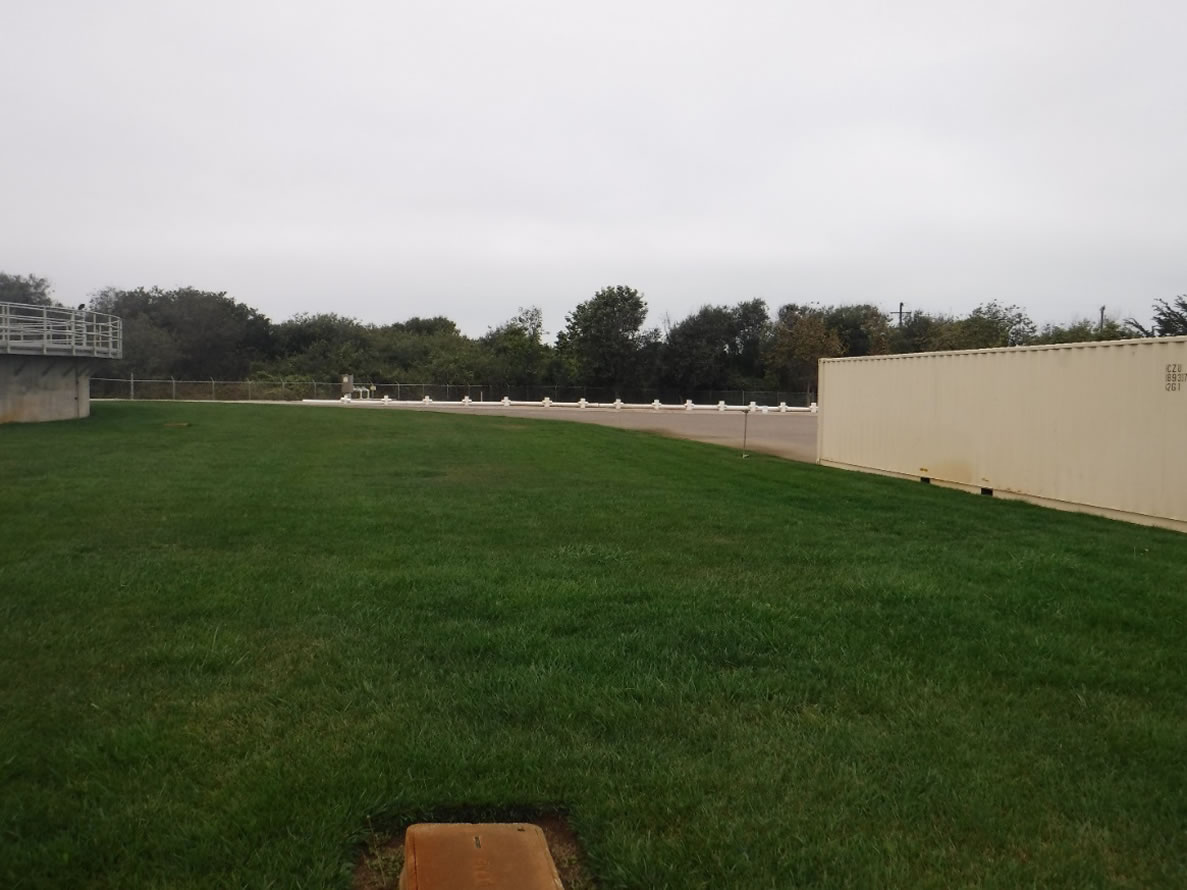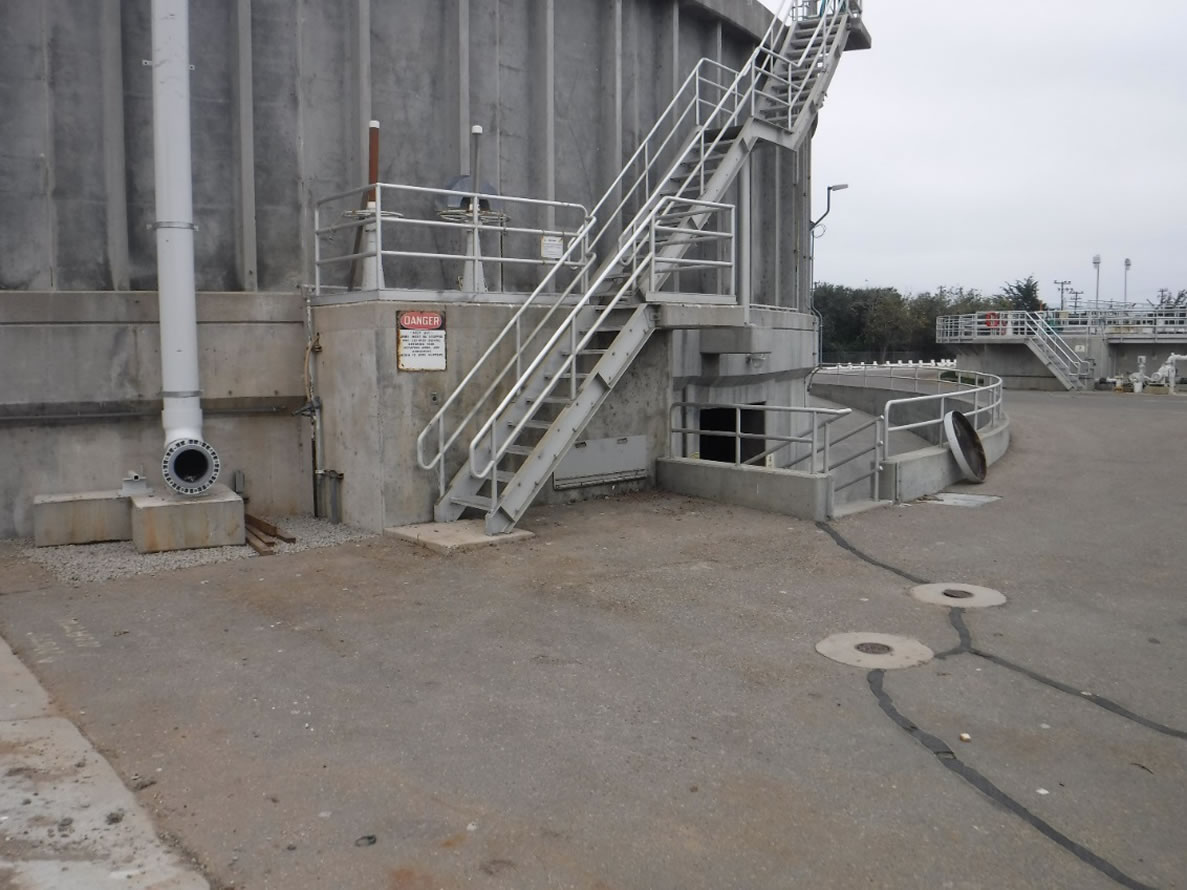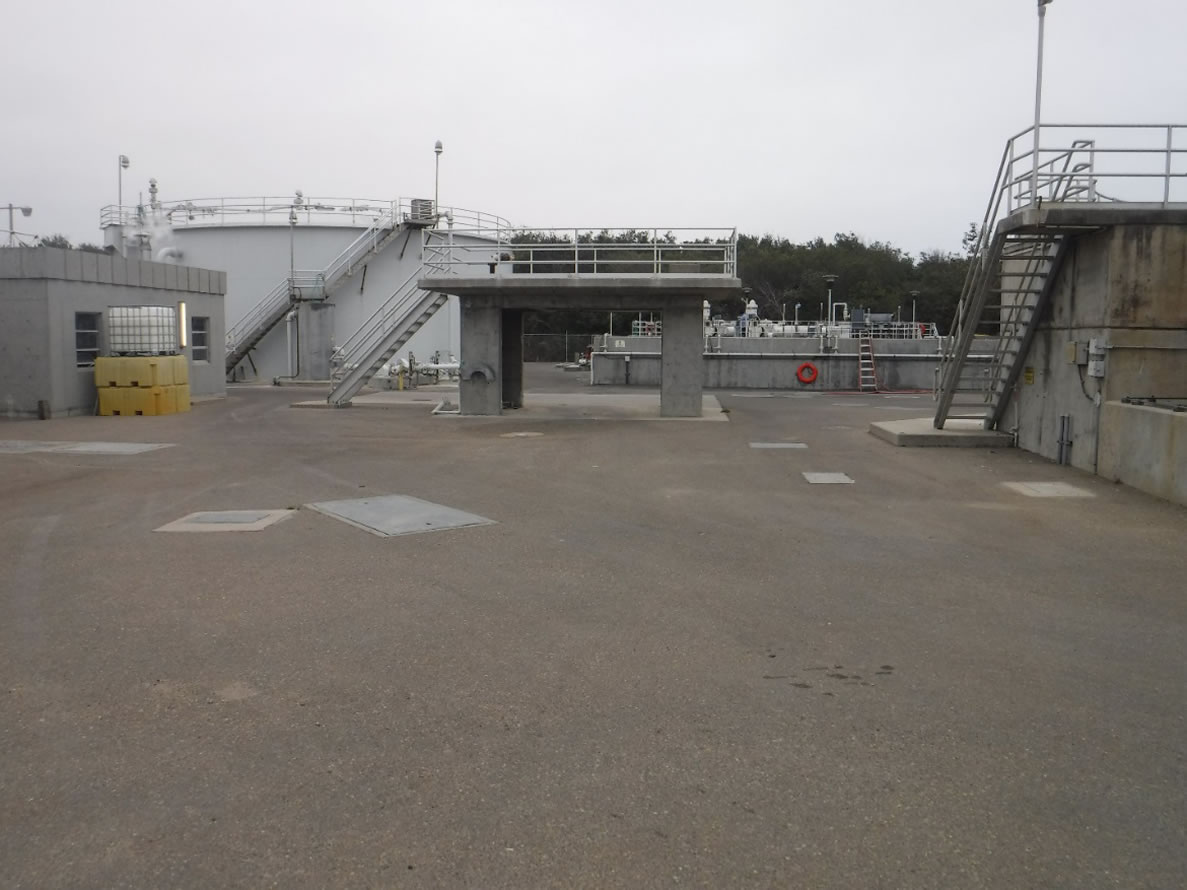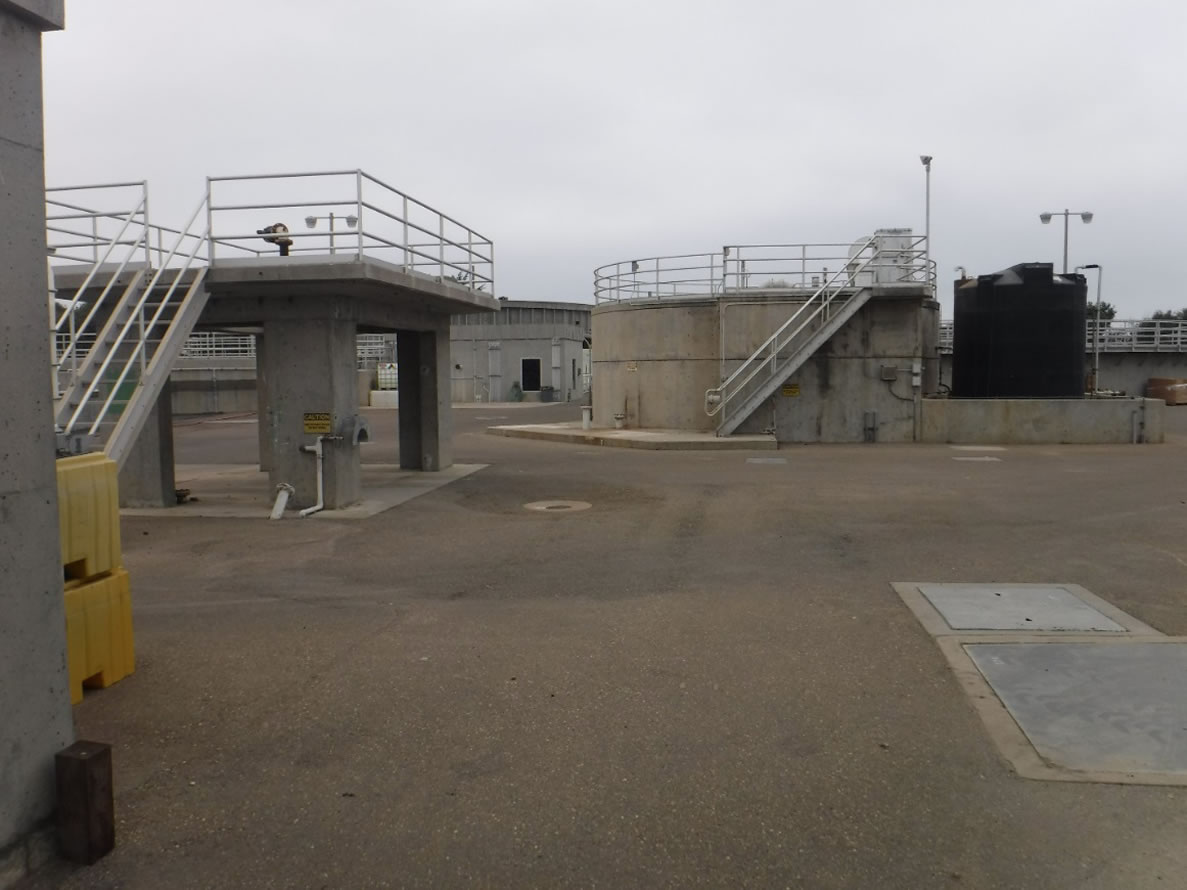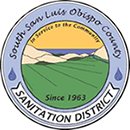Clean water is one of our most precious natural resources. Yet every time we flush a toilet, pour oil down the drain or clean with strong household chemicals, we contaminate that resource. Before wastewater can be safely released back into our waterways, it must first be adequately treated. That treatment consists of subjecting the wastewater to a series of physical, chemical, and biological processes. Typically those processes occur at an industrial-scale wastewater treatment plant.
The treatment of sewage is a multi-stage process to renovate the wastewater before it either; reenters a body of water, is applied to the land or is reused. The goal is to reduce or remove organic matter, metals, solids, nutrients, disease-causing organisms and other various forms of pollutants.
The typical processes involved in wastewater treatment are preliminary treatment, primary treatment, secondary treatment and final treatment. During each of the first three processes settled solids, or sludge, is removed from the liquid waste stream and further treated within a sludge digester.
Preliminary treatment is the first form of treatment that the wastewater undergoes upon arrival at a treatment plant. Sticks, rags, large food particles, sand, gravel, toys, etc. are removed at this stage to protect the pumps and other various facilities used within the treatment plant.
Primary treatment is the second step in the treatment process and is intended to separate the suspended solids and greases from the wastewater. In this process, wastewater is passed into large circular tanks called primary clarifiers and held for several hours before being released for further treatment. The long detention times within these low velocity tanks allows for the heavier solids to settle to the bottom as sludge, while the lighter solids float to the surface as scum. Mechanically rotating arms collect the sludge and solids, allowing for distribution to the sludge digester for further treatment. The clarified wastewater remaining is now ready for the secondary treatment process.
Secondary treatment is a biological treatment process to remove dissolved organic matter from wastewater. Sewage microorganisms are cultivated and added to the wastewater. The microorganisms absorb organic matter from sewage as their food supply. Three separate approaches can be used to accomplish secondary treatment; fixed film, suspended film and lagoon systems.
Fixed film systems grow microorganisms on substrates such as rocks, sand or plastic. The wastewater is spread over the substrate, allowing the wastewater to flow past the film of microorganisms fixed to the substrate. As organic matter and nutrients are absorbed from the wastewater, the film of microorganisms grows and thickens. Trickling filters, rotating biological contactors, and sand filters are examples of fixed film systems.
Suspended film systems stir and suspend microorganisms in wastewater. As the microorganisms absorb organic matter and nutrients from the wastewater they grow in size and number. After the microorganisms have been suspended in the wastewater for several hours, they are settled out as sludge. Some of the sludge is pumped back into the incoming wastewater to provide “seed” microorganisms. The remainder is wasted and sent on to a sludge treatment process. Activated sludge, extended aeration, oxidation ditch, and sequential batch reactor systems are all examples of suspended film systems.
Lagoon systems are shallow basins which hold the waste-water for several months to allow for the natural degradation of sewage. These systems take advantage of natural aeration and microorganisms in the wastewater to renovate sewage.
Final treatment focuses on the removal of disease-causing organisms from the wastewater. Treated wastewater can be disinfected by adding chlorine or by using ultraviolet light. High levels of chlorine may be harmful to aquatic life in receiving streams. Treatment systems often add a chlorine-neutralizing chemical to the treated wastewater before stream discharge.
Sludge is generated throughout the sewage treatment process. Primary sludge, material that settles out during primary treatment, often has a strong odor and requires treatment prior to disposal. Secondary sludge is the extra microorganisms from the biological treatment processes. The goals of sludge treatment are to stabilize the sludge and reduce odors, remove some of the water thereby reducing volume, decompose some of the organic matter, thereby reducing volume, kill disease causing organisms and disinfect the sludge.
Untreated sludge is about 97 percent water. Settling the sludge and decanting off the separated liquid removes some of the water and reduces the sludge volume. Settling can result in sludge with about 92 to 96 percent water. More water can be removed from sludge by using sand drying beds, vacuum filters, filter presses, and centrifuges resulting in sludge with between 50 to 80 percent water. This dried sludge is called a sludge cake. Aerobic and anaerobic digestion is used to decompose organic matter to reduce volume. Digestion also stabilizes the sludge to reduce odors. Caustic chemicals can be added to sludge or it may be heat treated to kill disease-causing organisms. Following treatment, liquid and cake sludge are usually spread on fields, returning organic matter and nutrients to the soil.
Wastewater treatment processes require careful management to ensure the protection of the body of water that receives the discharge. Trained and certified treatment plant operators measure and monitor the incoming sewage, the treatment process and the final effluent to ensure regulatory compliance. You can help with that process by reducing the amount of water that you use throughout the day and by properly disposing of harmful chemicals. For more information on how user’s can help protect our most valuable resource, please visit the Environmental Programs section of this web page.

